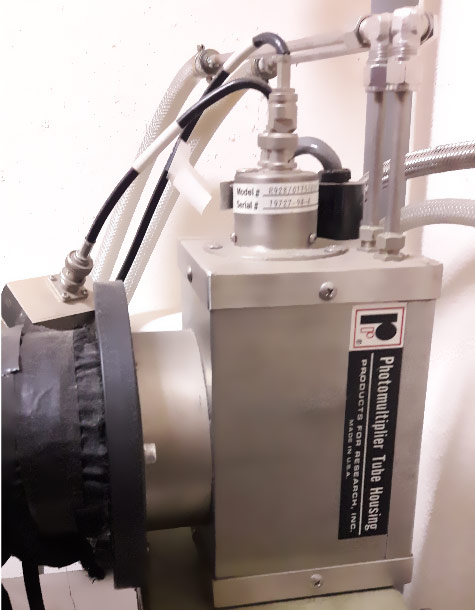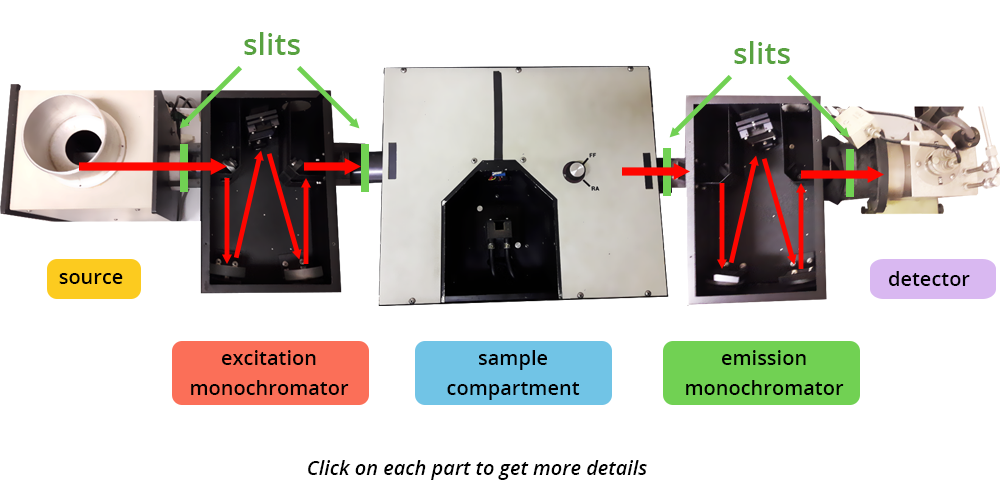Stationary spectrofluorometer apparatus
A spectrofluorometer consists of of a light source, excitation and emission monochromators, and a photomultiplier for detection. Between all these components, slits of variable size may be added.
Source

Xenon lamp
Slits
Slits can be placed before and after the monochromators.
The slit width on the excitation monochromator determines the passing band of the incident light as well as the spectral resolution.
On the other hand, slits of emission monochromator control the resolution and intensity of the signal received by the detector.
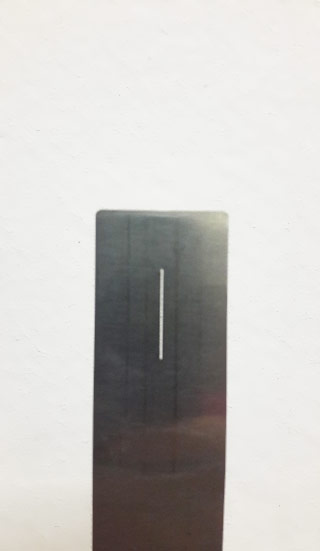
Slits
Excitation and emission monochromators
Fluorescent lamps are generally equipped with 2 monochromators.
In fluorescence, as with absorption, molecules are excited by monochromatic light. The excitation monochromator can precisely select the excitation wavelength.
In order to plot the fluorescence emission spectrum, the fluorescence intensity is measured sequentially. The emission monochromator makes it possible to read the emitted intensity one wavelength at a time.
The wavelength is selected by moving the grating.
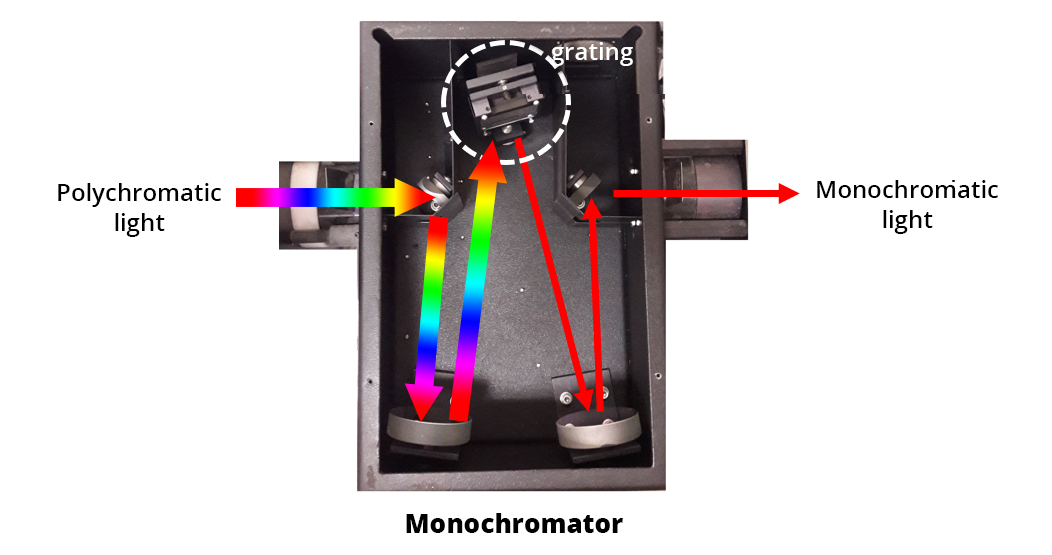
Slits
Slits can be placed before and after the monochromators.
The slit width on the excitation monochromator determines the passing band of the incident light as well as the spectral resolution.
On the other hand, slits of emission monochromator control the resolution and intensity of the signal received by the detector.

Slits
Sample
Samples can be placed in quartz cuvettes.
Fluorescent light is emitted in all directions. The detector is generally placed on an axis at 90° from that of the source in order not to “contaminate” the signal with the excitation light, thus allowing for the detection of low intensity signals.
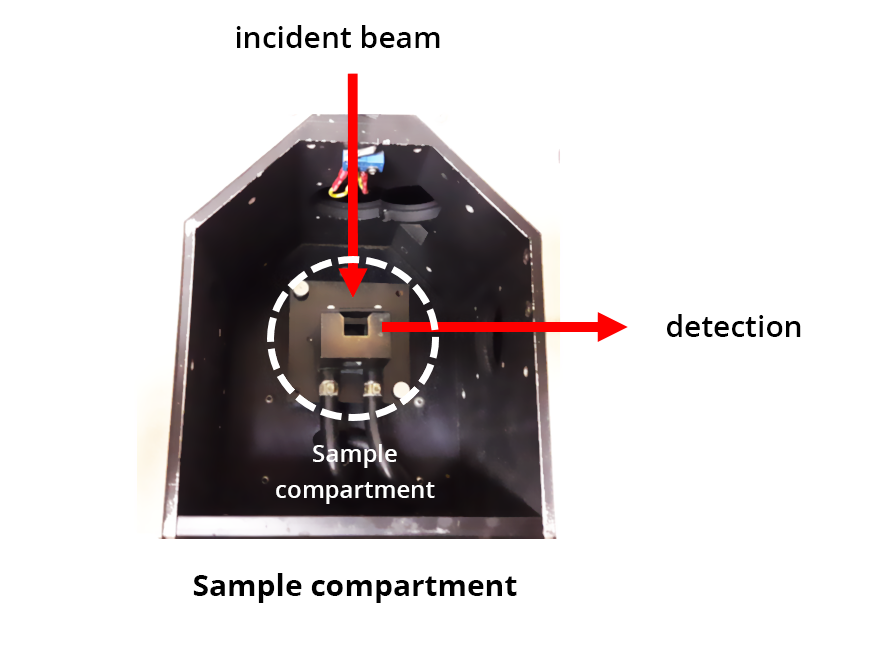
Slits
Slits can be placed before and after the monochromators.
The slit width on the excitation monochromator determines the passing band of the incident light as well as the spectral resolution.
On the other hand, slits of emission monochromator control the resolution and intensity of the signal received by the detector.

Slits
Excitation and emission monochromators
Fluorescent lamps are generally equipped with 2 monochromators.
In fluorescence, as with absorption, molecules are excited by monochromatic light. The excitation monochromator allows for the precise selection of the excitation wavelength.
In order to plot the emission fluorescence spectrum, the fluorescence intensity is measured sequentially. The emission monochromator makes it possible to read the emitted intensity one wavelength at a time.
The wavelength is selected by moving the grating.

Slits
Slits can be placed before and after the monochromators.
The slit width on the excitation monochromator determines the passing band of the incident light as well as the spectral resolution.
On the other hand, slits of emission monochromator control the resolution and intensity of the signal received by the detector.

Slits
Detector
